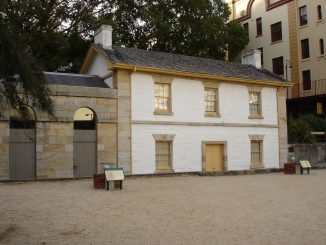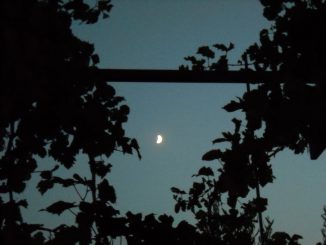
Sixty kilometers northeast of Adelaide, in South Australia sits the Barossa Valley, Australia’s most famous wine-producing region and a popular tourist destination. The Barossa Valley was formed by the North Para River and named for the nearby Barossa Ranges. The area is approximately 13 by 14 kilometers and is made up of three major towns with unique and distinct personalities.
The three towns that make up the majority of the Barossa Valley are, Tanunda, Angaston, and Nuriootpa. Each of them were established at different times by different groups of people and thus have different traditions and personalaties. Tanunda is considered to be the most German of the three and dates back to the 1840s when German settlers first arrived in the area. Because many of these settlers came from Prussian Silesia they called the Barossa Valley New Silesia. Much of the German influence is strong to this day and many German traditions are still observed. Angaston was settled predominantly by Cornish miners and other Brits and is considered distinctly English. Nuriootpa, which is the largest town in the area has a unique blend of German and English heritage but feels more Australian when compared to the tourist driven Tanunda and Angaston. There is a strong German Lutheran history in each of these towns and throughout much of the valley. Some of the small towns have multiple Lutheran churches and many of the residents identify themselves as Lutheran.
The wine industry has a major role in the economics of the Barossa Valley and is the major source of employment for many of the residents. Known primarily for the production of red wines, Shiraz in particular, many types of white are grown there as well. Semillon, Grenache, and Riesling are the most popular white varietals and Cabernet Sauvignon comes in second place only to the more famous Shiraz. Some of the Shiraz vines were planted as early as 1847 by Johann Fredrick August Fiedler. These vines located in Tanunda are still in commercial production today. An ever increasing number of fortified wines are being produced in the Barossa Valley as well.
The Character Preservation Act, passed in 2012 protects the unique quirks that make up the Barossa Valley and McLaren Vale. Lead by South Australia Premier Mike Rann this act was introduced to protect the heritage of the Barossa Valley and McLaren Vale and to insure that the area does not become a suburb of Adelaide.
First held in 1947, the week-long Barossa Vintage Festival is held every other year (in odd-numbered years) and is a celebration of the local wine industry. This festival draws visitors from all over the world with wine tasting, gourmet dining, live music, and a large parade. All of the entertainment and the parade have a theme of wine and spirits running through their bones that give the festival an Oktoberfest vibe not generally seen outside Bavaria. The festival marks the end of the grape harvest season and falls at the end of March of the beginning of April. The original festival to celebrate the end of grape harvest and WWII is the longest running and oldest wine festival in Australia.


